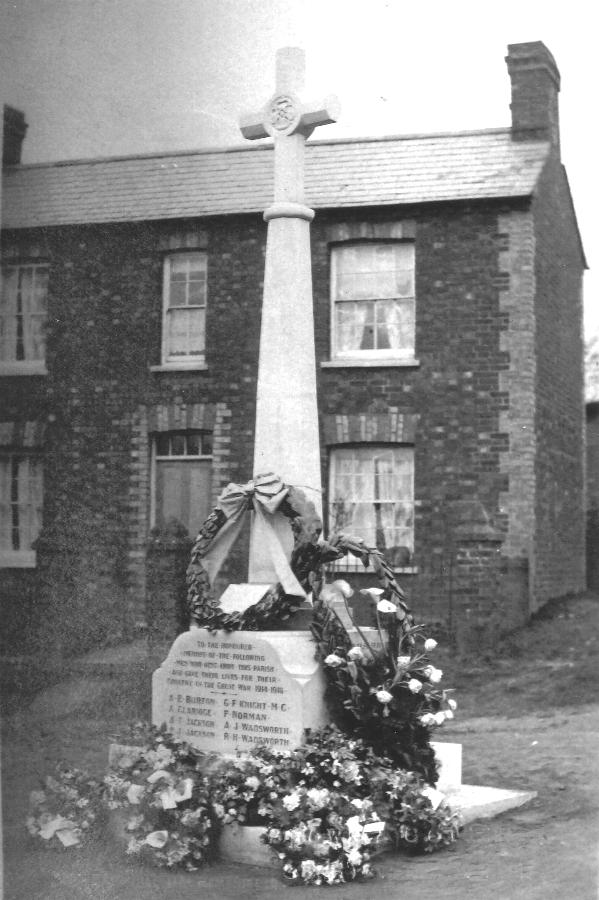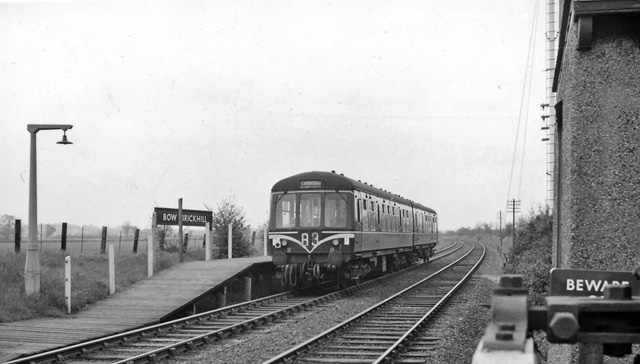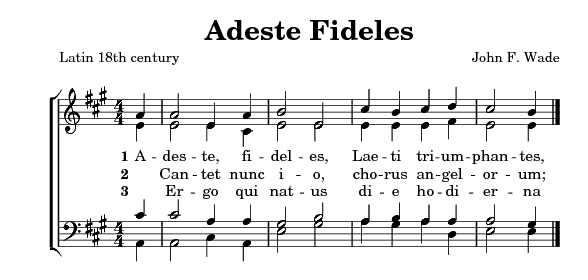|
Bow Brickhill
Bow Brickhill is a village and civil parish in the unitary authority area of the City of Milton Keynes, Buckinghamshire, England. It is bounded to the north, west and east by the Milton Keynes urban area, approximately east of Fenny Stratford and west of Woburn Sands. The village name is a combination of Brythonic and Old English words for 'hill' (Brythonic: ''breg'', Anglo Saxon ''hyll''). The prefix 'Bow' comes from an Anglo Saxon personal name, ''Bolla''. The various names of the village given in historic records were ''Brichelle'' (11th century); ''Brichull'' (12th century); ''Bolle Brichulle'', ''Bellebrikhulle'' (13th century), and ''Bolbryghyll'' (15th century, 1418). Church The Church of England parish church of All Saints stands apart from the rest of the village, on the side of a steep hill. The church probably dates from the 12th century but heavy remodelling in the 15th century obliterated most of the earlier details. The church was extensively restored by Brow ... [...More Info...] [...Related Items...] OR: [Wikipedia] [Google] [Baidu] |
All Saints Church, Bow Brickhill
All Saints’ Church, Bow Brickhill is a Grade II* listed parish church in the Church of England in Bow Brickhill, Buckinghamshire, to the south-east of Milton Keynes. History First mentioned in 1185, a major renovation occurred in the 15th century. Having become greatly dilapidated, the church is said to have been disused for nearly 150 years; but was restored through the munificence and exertions of Browne Willis, the antiquary, who, in 1756, promoted a subscription for that purpose. In 1834, by a re-arrangement of the interior, 175 additional sittings were obtained. It was used during the Napoleonic Wars as a telegraph station. Architecture and fittings The component parts are a nave with side aisles, and a south porch, a chancel, and a west embattled tower, in which are four bells. The bells are unringable . The whole is a good specimen of Perpendicular work, without the least mixture of any other style, or the introduction of modern windows; the latter are nearly all squ ... [...More Info...] [...Related Items...] OR: [Wikipedia] [Google] [Baidu] |
Constable & Robinson
Constable & Robinson Ltd. is an imprint of Little, Brown which publishes fiction and non-fiction books and ebooks. Founded in Edinburgh in 1795 by Archibald Constable as Constable & Co., and by Nick Robinson as Robinson Publishing Ltd in 1983, is an imprint of Little, Brown, which is owned by Hachette. History Constable & Co. was founded in 1795 by Archibald Constable, and became Sir Walter Scott's publisher. In 1897, Constable released the most famous horror novel ever published, Bram Stoker's ''The Un-Dead'', albeit with a last-minute title change to ''Dracula''. In 1813, the company was the first to give an author advance against royalties. In 1821, it introduced the standard three-decker novel, and in 1826, with the launch of the book series Constable's Miscellany, it became the first publisher to produce mass-market literary editions. By 1921, it advertised books on the London Underground, another first for a publishing house. In 1993, Constable & Co. pioneered the seri ... [...More Info...] [...Related Items...] OR: [Wikipedia] [Google] [Baidu] |
Bow Brickhill War Memorial
The Bow Brickhill War Memorial is located on the Village Green, at Church Road, Bow Brickhill, Buckinghamshire, England.Bow Brickhill. Imperial War Museums. Retrieved 24 December 2017. It is a with . History The Bow Brickhill War Memorial was erected in March 1921, during the period following the , which cost the |
Little Brickhill
Little Brickhill is a village and civil parish in the unitary authority area of the City of Milton Keynes, Buckinghamshire, England. Located immediately to the west of the A5, it is just outside and overlooking the Milton Keynes urban area, about south-east of Fenny Stratford, and south-east of Woburn, Bedfordshire. At the 2011 census, it had a population of 407. The village name "Brickhill" is a compound of Brythonic and Old English words that have the same meaning: a common occurrence in this part of the country. The Brythonic word ''breg'' means "hill", as does the Old English word ''hyll''. In the Domesday Book of 1086 the village was referred to as ''Brichelle''. This spelling also occurs in 1422, denoting the place where John Langon was the vicar. The village has, for a long time, gathered most of its income from the Roman road Watling Street that passes through the parish from north-west to south-east, and anciently from a market that was established in the village ... [...More Info...] [...Related Items...] OR: [Wikipedia] [Google] [Baidu] |
Great Brickhill
Great Brickhill is a village and civil parish in the unitary authority area of Buckinghamshire, England. It is on the border with the City of Milton Keynes, located south-east of Central Milton Keynes, and in the same direction from Fenny Stratford. History The village name is a compound of Brythonic and Anglo Saxon origins, which is a common occurrence in this part of the country. The Brythonic ''breg'' means 'hill', and the Anglo Saxon ''hyll'' also means 'hill'. In the Domesday Book of 1086 the village was recorded as ''Brichelle''. The affix 'Great' was added in the 12th century to differentiate from nearby Bow Brickhill and Little Brickhill. Robert Merydale was parson of the parish church of Great Brickhill in 1470, according to a legal record, in which Edward Lucy & Thomas Hampden claim that he owed them £20. Great Brickhill was described in 1806 in ''Magna Britannia'' as follows: :Great-Brickhill, in the hundred and deanery of Newport, lies about two miles and a ... [...More Info...] [...Related Items...] OR: [Wikipedia] [Google] [Baidu] |
Historic England
Historic England (officially the Historic Buildings and Monuments Commission for England) is an executive non-departmental public body of the British Government sponsored by the Department for Digital, Culture, Media and Sport. It is tasked with protecting the historic environment of England by preserving and listing historic buildings, scheduling ancient monuments, registering historic Parks and Gardens and by advising central and local government. The body was officially created by the National Heritage Act 1983, and operated from April 1984 to April 2015 under the name of English Heritage. In 2015, following the changes to English Heritage's structure that moved the protection of the National Heritage Collection into the voluntary sector in the English Heritage Trust, the body that remained was rebranded as Historic England. The body also inherited the Historic England Archive from the old English Heritage, and projects linked to the archive such as Britain from Above, w ... [...More Info...] [...Related Items...] OR: [Wikipedia] [Google] [Baidu] |
Listed Building
In the United Kingdom, a listed building or listed structure is one that has been placed on one of the four statutory lists maintained by Historic England in England, Historic Environment Scotland in Scotland, in Wales, and the Northern Ireland Environment Agency in Northern Ireland. The term has also been used in the Republic of Ireland, where buildings are protected under the Planning and Development Act 2000. The statutory term in Ireland is " protected structure". A listed building may not be demolished, extended, or altered without special permission from the local planning authority, which typically consults the relevant central government agency, particularly for significant alterations to the more notable listed buildings. In England and Wales, a national amenity society must be notified of any work to a listed building which involves any element of demolition. Exemption from secular listed building control is provided for some buildings in current use for worship, ... [...More Info...] [...Related Items...] OR: [Wikipedia] [Google] [Baidu] |
Bow Brickhill Railway Station
Bow Brickhill railway station is a railway station that serves the civil parishes of Bow Brickhill and Walton in the City of Milton Keynes, Buckinghamshire, England. It is on the — Marston Vale Line, about 2 miles (3.25 km) east of Bletchley. The station is served by London Northwestern Railway local services from Bletchley to Bedford. Services are operated using Class 230 multiple units. This station is one of the seven stations serving the Milton Keynes urban area. History The London and North Western Railway opened Bow Brickhill station in 1905, significantly later than many other stations on the branch. It was one of seven halts built for the introduction of a steam rail motor service over the line."Disused Stations - Bow Brickhill" 'Disused Stations Site Record''; Retrieved 7 September ... [...More Info...] [...Related Items...] OR: [Wikipedia] [Google] [Baidu] |
Westminster Abbey
Westminster Abbey, formally titled the Collegiate Church of Saint Peter at Westminster, is an historic, mainly Gothic church in the City of Westminster, London, England, just to the west of the Palace of Westminster. It is one of the United Kingdom's most notable religious buildings and since Edward the Confessor, a burial site for English and, later, British monarchs. Since the coronation of William the Conqueror in 1066, all coronations of English and British monarchs have occurred in Westminster Abbey. Sixteen royal weddings have occurred at the abbey since 1100. According to a tradition first reported by Sulcard in about 1080, a church was founded at the site (then known as Thorney Island) in the seventh century, at the time of Mellitus, Bishop of London. Construction of the present church began in 1245 on the orders of Henry III. The church was originally part of a Catholic Benedictine abbey, which was dissolved in 1539. It then served as the cathedral of the Dioce ... [...More Info...] [...Related Items...] OR: [Wikipedia] [Google] [Baidu] |
Sydney Nicholson
Sir Sydney Hugo Nicholson (9 February 1875 – 30 May 1947) was an English choir director, organist and composer, now chiefly remembered as the founder of the Royal School of Church Music (RSCM) and the compiler of ''The Parish Psalter''. Life Nicholson was born in London to Sir Charles Nicholson, 1st Baronet, and his wife, Sarah Elizabeth Nicholson ( Keightley). His elder brother was architect Sir Charles Nicholson; his younger brother was the stained-glass artist Archibald Keightley Nicholson.Godfrey, W. HNicholson, Charles Archibald, second baronet ''Oxford Dictionary of National Biography'', Oxford University Press, 2004, 23 September 2004, retrieved 10 May 2020. He was educated at New College, Oxford and the Royal College of Music. At this last-named institution, he studied the organ. He then served as organist at Barnet Parish Church (1897–1903), Carlisle Cathedral (1904), Lower Chapel, Eton College (1904–1908), Manchester Cathedral (1908–1919), and Westmins ... [...More Info...] [...Related Items...] OR: [Wikipedia] [Google] [Baidu] |
Hymn Tune
A hymn tune is the melody of a musical composition to which a hymn text is sung. Musically speaking, a hymn is generally understood to have four-part (or more) harmony, a fast harmonic rhythm (chords change frequently), with or without refrain or chorus. From the late sixteenth century in England and Scotland, when most people were not musically literate and learned melodies by rote, it was a common practice to sing a new text to a hymn tune the singers already knew which had a suitable meter and character. There are many hymn tunes which might fit a particular hymn: a hymn in Long Metre might be sung to any hymn tune in Long Metre, but the tunes might be as different as those tunes that have been used for centuries with hymns such as ''Te lucis ante terminum'', on one hand, and an arrangement of the calypso tune used with ''Jamaica Farewell'', on the other. Hymnal editors Editors bring extensive knowledge of theology, poetry, and music to the process of compiling a new hymn ... [...More Info...] [...Related Items...] OR: [Wikipedia] [Google] [Baidu] |






